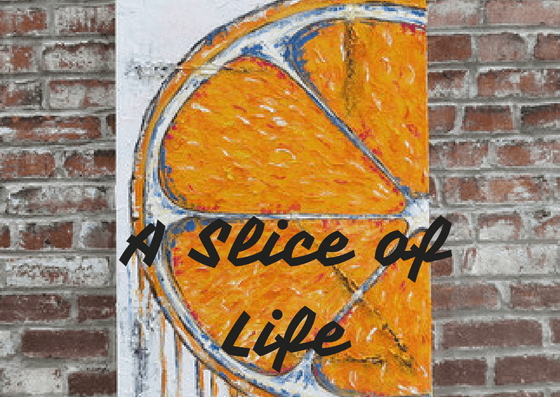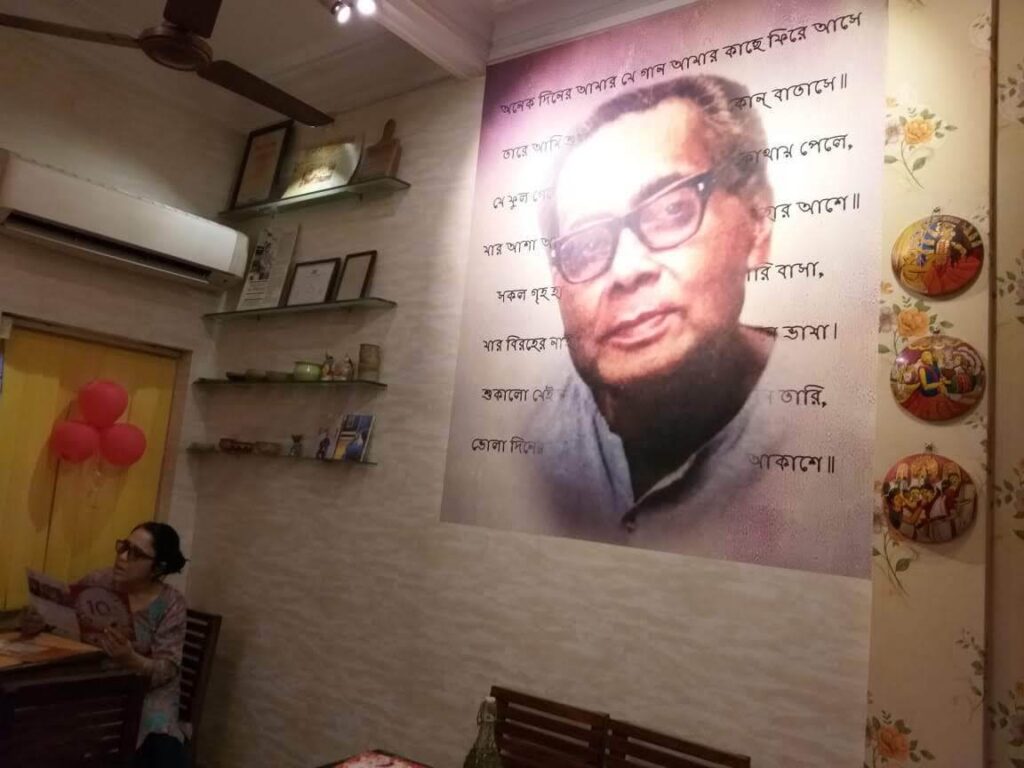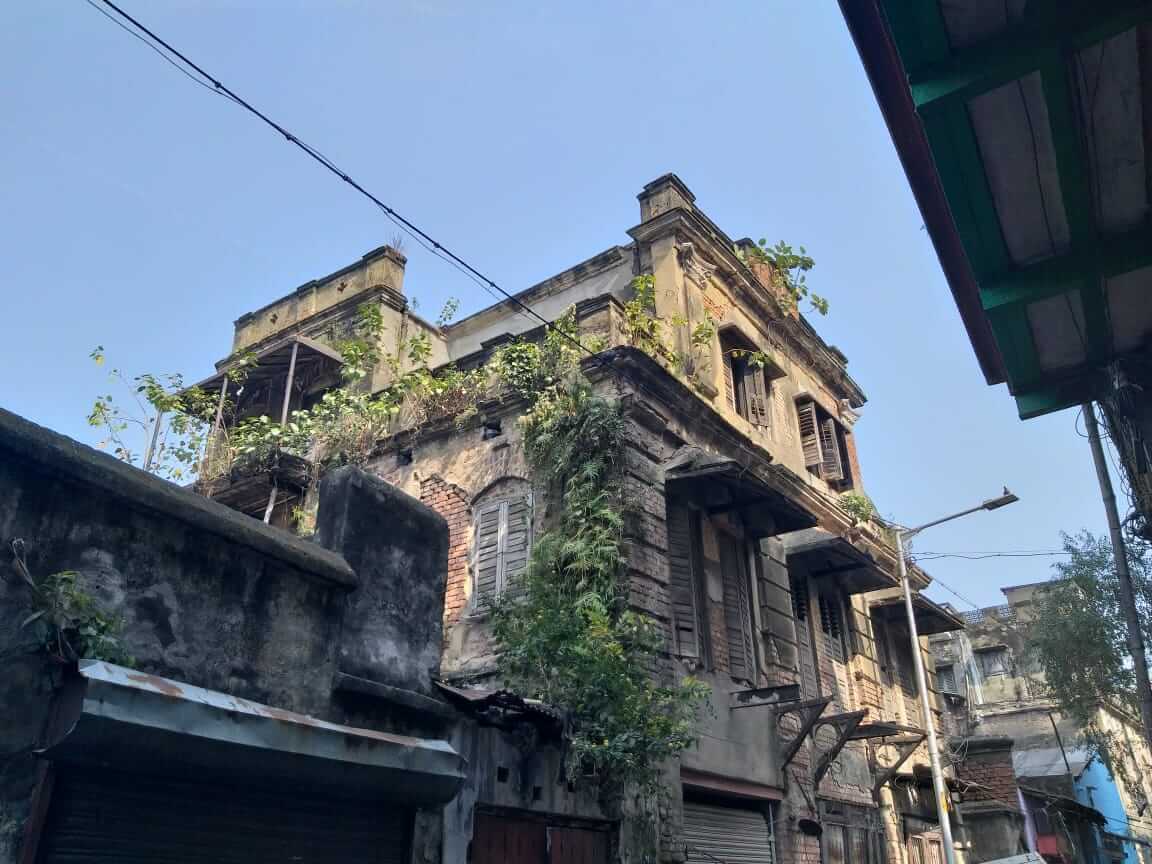Reading Time: 3 minutes
Kolkata has seen significant improvements, including cleaner streets, fewer beggars, better public conveniences and a love for heritage, reports Ruchira, exclusively for Different Truths.

It was after a long hiatus of almost six years that I was visiting Kolkata. Honestly, the two-year-long pandemic followed by hip replacement surgery had nearly “done me in’’…In a bid to refuel my oxygen, I zeroed in on Kolkata, my favourite city in all of Hindustan.
I was glad to be back in Kolkata. However, the city’s changes since my last visit were immediately palpable. With that, there was much less filth and garbage visible on the roads. Beggars had dwindled in number, though a few random specimens could be spotted here and there. And most importantly, pay-and-use public conveniences appeared to have sprung up everywhere. It is indeed a laudable initiative.
My visit to Kolkata early this year was haphazard, chaotic, and badly planned.
My visit to Kolkata early this year was haphazard, chaotic, and badly planned since I had very limited time on my hands; also, a relative’s wedding had to be squeezed in between visiting friends and kin, and a tour of the metropolis. Since I was unfamiliar with the city’s roads, I leaned heavily on a nephew of mine. The thirty-something youth was agog with excitement and enthusiasm at the idea of showing his aunt around.
We made a beeline to a few well-known homes that previously belonged to celebrities and the glitterati now remodelled into cafes and bistros, et al. For one, noted academician-author Nabanita Dev Sen’s parental house, Bhalo Basha (pun intended), in Hindustan Park, now houses an eclectic eatery by the name of Bunaphile. Likewise, Mud Café on Rash Behari Avenue was formerly the lodgings of Debabrata Biswas (aka George da), the legendary exponent of Tagore’s music.
The beauty of such mansions is that even though commercialisation has crept in, an old-world charm and memories of a bygone era pervade them all.
… the two of us decided to pay a visit to College Street, the fountainhead of the city’s educational, intellectual, and cultural activities.

Then, on impulse, the two of us decided to pay a visit to College Street, the fountainhead of the city’s educational, intellectual, and cultural activities. This was achieved by a brief ride in a shared autorickshaw, followed by a ride in the metro, which was primitive and slow by Delhi’s standards (no offence meant).
College Street and adjoining areas are still held in high esteem, even though their erstwhile glory is much tarnished now. Walking in and around College Street, opened a floodgate of memories for me: The iconic Hare School (my Dad’s alma mater), Surendranath/Ripon College, and Scottish Church College (Mom’s and Dad’s in that order).
We decided to peek at the fabled College Square swimming pool (aka Goldighi). For refreshments, we dropped in at Basanta Cabin, a stone’s throw from there. The eatery has been around for donkey’s years; it existed even when my parents were in college. I also snacked here earlier.
Where we were headed next was indeed a dream come true for me.
Where we were headed next was indeed a dream come true for me. For enthusiasts of Bangla literature (read humour), 134 Muktaram Babu Street is a familiar address. This ramshackle, dilapidated three-story building, originally a Mess-bari was the permanent abode of Shibram Chakrabarty, a humorist non-pareil in the language.
I was bemused to realise how the hard-core bachelor who languished in poverty and squalor lifelong, could churn out such brilliant sparkling humorous fiction!
The remainder part of that sunlit spring day was spent visiting numerous other landmarks strewn around. The list included Mahajati Sadan the splendid auditorium/convention hall where many historic, epoch-making incidents took place down the decades; the home (now a memorial) of Ishwar Chandra Vidyasagar, a great humanist, educationist, and champion of women’s welfare; Adi Brahma Samaj shrine, the epitome of Bengal socio-cultural renaissance, among many more…
A couple of days later, slightly emboldened, I ventured out on my own, in a cab, for a date with a friend at the famous (read historical) Indian Coffee House. I was dazed since this was my first visit ever. The renovated ambience (grumpy ill-mannered waiters notwithstanding) and the pocket-friendly fare were delightful.
After an hour of lively chit-chat, we left the premises with the late Manna Dey’s immortal lines “Coffee houser shei addata…” ringing in my ears.
Photos by the author














